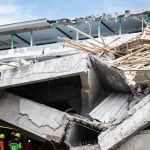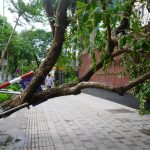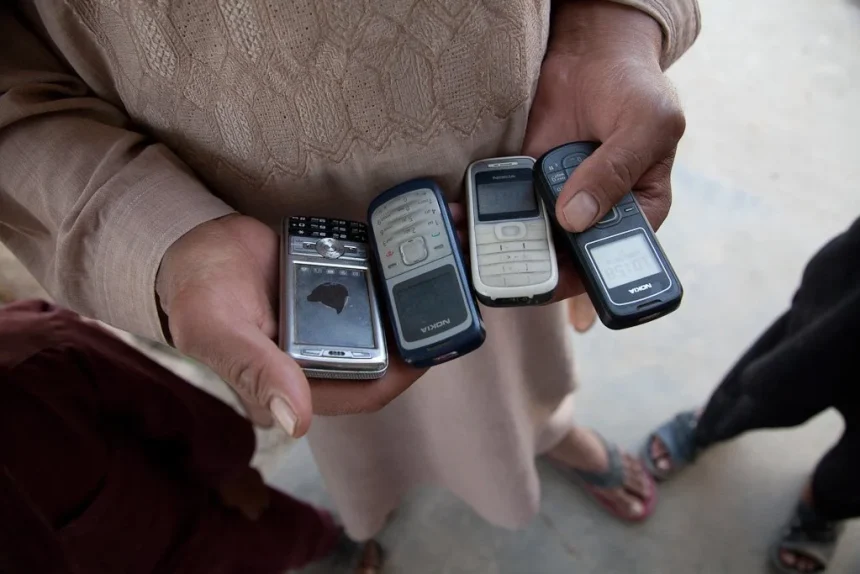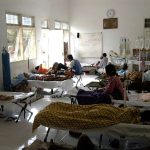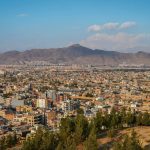After a nationwide shutdown that lasted roughly 48 hours, internet and telecom services have been gradually restored across Afghanistan, prompting relief and quiet celebrations among citizens cut off from the digital world.
Blackout Causes Disruption, Fear & Isolation
The shutdown, imposed by the Taliban, severed fiber-optic, WiFi, and most internet services across major provinces.
- Residents reported being unable to contact family, access news, or use online banking.
- Flights were cancelled, as air traffic and related systems needed connectivity.
- Many Afghans turned to satellite links like Starlink to stay connected to the outside world during the blackout.
The blackout especially affected women and girls, who often rely on the internet for education, work, or social connection in a climate of strict in-person restrictions.
Restoration Sparks Relief & Public Reactions
As services resumed Wednesday afternoon, people across Kabul and other cities poured into the streets, exchanging messages and celebrating the return of connectivity.
Some key observations:
- Partial restoration confirmed: Observers and digital monitors noted that while some services are still patchy, most core functionalities are back.
- Government spokesman claims full restoration: Taliban-aligned voices stated that communications had been fully restored by Wednesday afternoon.
- No official explanation so far: The Taliban have yet to offer a clear reason for the blackout, though commentary suggests it may have been aimed at “immorality” online.
For many Afghans, the return of the internet is not just convenience restored—it is a lifeline revived. In a country where mobility, expression, and opportunity are constrained, digital connections represent one of the few ways people can interact with the wider world.
What Comes Next & Lingering Concerns
- Observers caution that the blackout may foreshadow future restrictions: the Taliban’s prior bans, especially targeting fiber-optic and WiFi in provinces, hint at deeper control over information flows.
- Full functionality may take time to resume everywhere—some remote areas will likely see slower recovery.
- Trust is fragile: after the abrupt shutdown, many users may remain wary of future disruptions.
- Humanitarian & economic systems disrupted during the blackout (banking, aid coordination, education) will need time to recover.


